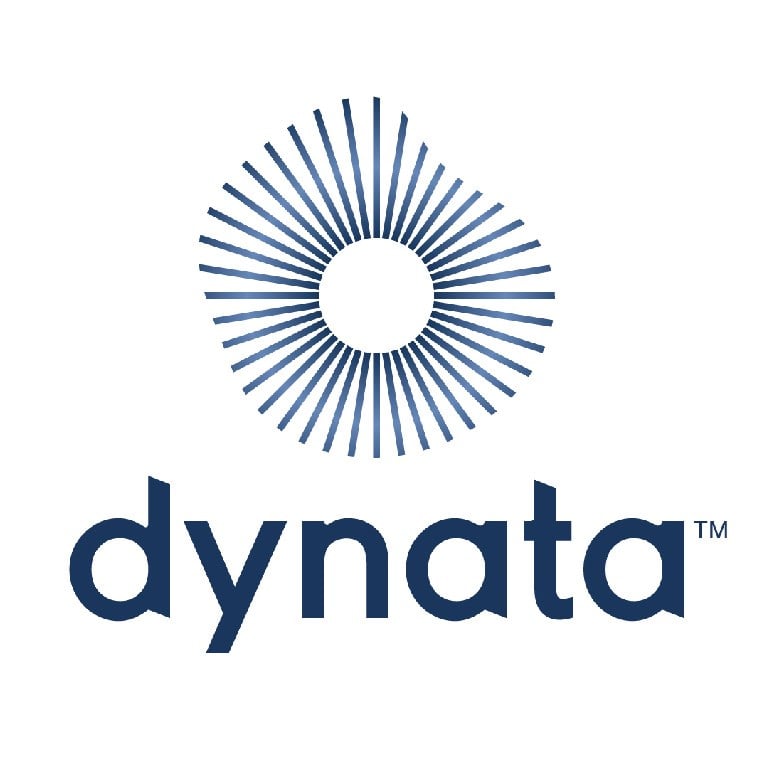Brief

Contactless payment has soared. Use of cash has declined. Digital payment companies have gained competitive ground. And bank branch traffic has plummeted.
Several years’ worth of shifts in digital behavior have been compressed into months, causing banks to rethink their staffing models, go-to-market strategies and cost structures.

Macro Surveillance Platform
For more detail on the business implications of coronavirus from Bain’s Macro Trends Group, log on to the Macro Surveillance Platform. Learn more about the platform >
As people around the world locked down in response to Covid-19, their banking behaviors changed quickly and drastically in a few ways. Bain & Company’s new survey of roughly 10,000 consumers in eight countries, powered by Dynata, plus a separate NPS Prism® survey by Bain of 20,000 US consumers both analyze these behavioral shifts in detail and suggest implications for banks.
Even before the pandemic, adoption of contactless cards and mobile apps was high in many countries, although some countries (including the US) lagged. Once Covid-19 struck, however, many survey respondents tried these contactless methods for the first time, and a significant share of respondents used these methods more often during the pandemic. These experiences proved good enough that contactless usage promises to increase further in the future. Cash and other traditional payment methods, meanwhile, have declined significantly.
Specialist payment companies such as PayPal, Venmo and Zelle delivered a reliable experience to consumers. For instance, in the US, their failure rate for sending money or transferring funds was much lower than it was for most mainstream banks. That’s one reason why survey respondents gave the payment firms a higher Net Promoter Score℠ (measuring loyalty) than they conferred on most banks for the episode of sending money or transferring funds.
Digital banking, more broadly, already had been expanding in recent years, of course, and the pandemic only served to put that transition on a fast track as in-person branch visits fell sharply in most countries. Moreover, almost all respondents plan to use digital banking channels in the future. In the US, a sizable share plan to reduce their visits to branches even after the pandemic abates.
Three lessons emerge from these recent surveys.
Flex the workforce to augment virtual channels. While it’s uncertain how the mix of traffic throughout the network will eventually settle, flexibility in staffing locations and roles now matters more as the pandemic situation fluctuates. While banks digitize more interactions, they also could train more employees to fill in as virtual call center agents on some days or blocks of time. And more employees could spend time promoting digital channels to customers to speed up that migration.
Citizens Bank in the US has been transitioning some branches to “advice centers,” where customers go for financial guidance rather than to complete transactions that they can take care of digitally. That has required training employees to take on more specialized roles. In addition, many of Citizens’ offshore contact centers shut down during the pandemic, so the bank trained other staff to step in as contact agents.
Improve digital selling. In the US and a few other countries, retail banks have tended to rely on in-person locations for the bulk of their sales. After the pandemic began, some banks have made their digital sales channels more prominent. For example, HDFC in India set up an online facility that helps open savings accounts instantly. As of early June, HDFC had added 250,000 new customers in just more than a month.
The digital transition should not be rushed, however. Making the digital sales experience reliable and convenient before migrating customers is critical because customers get annoyed when they cannot complete a sales interaction digitally and have to switch to phone or in-person interactions.
Reshape the cost base—again. Banks have been examining ways to become more efficient for years, and now they may have to get more aggressive and creative about cost initiatives. For example, new branch traffic patterns are emerging worldwide, according to our conversations with bank executives. Anecdotal evidence suggests that traffic volume in many suburban branches is increasing faster than it is in large urban centers, which is consistent with ongoing work-from-home trends. If this trend endures, it will require banks to examine end-to-end costs for a shifting sales and service model.
Making faster progress on these three dimensions would help banks build a more robust, multichannel business that is appropriate for consumers’ increasingly digital behavior. With consumers hunkered down—account openings and branch traffic are lower than they were before the pandemic, and the personal savings rate is at a 60-year high in the US—banks have a rare grace period in which to retool their go-to-market strategies.
Net Promoter®, NPS®, and the NPS-related emoticons are registered trademarks of Bain & Company, Inc., Satmetrix Systems, Inc., and Fred Reichheld. Net Promoter Score℠ and Net Promoter System℠ are service marks of Bain & Company, Inc., Satmetrix Systems, Inc., and Fred Reichheld.

About the Research
Data powered by Dynata, a leading global first-party data and insights platform.

Coronavirus
The global Covid-19 pandemic has extracted a terrible human toll and spurred sweeping changes in the world economy. Across industries, executives have begun reassessing their strategies and repositioning their companies to thrive now and in the world beyond coronavirus.